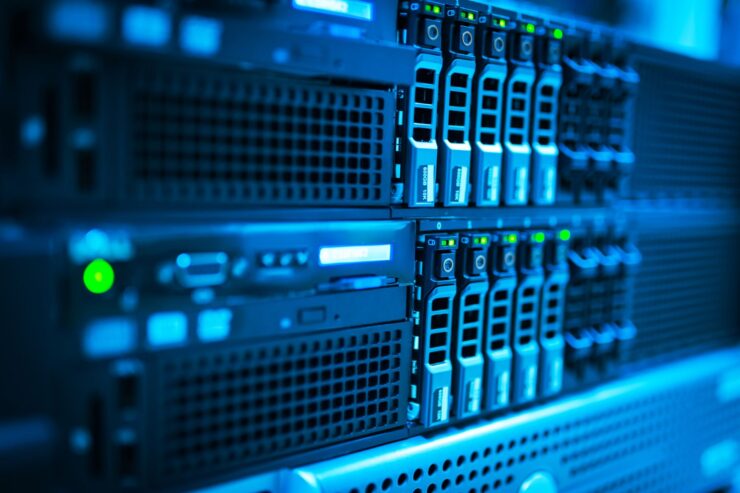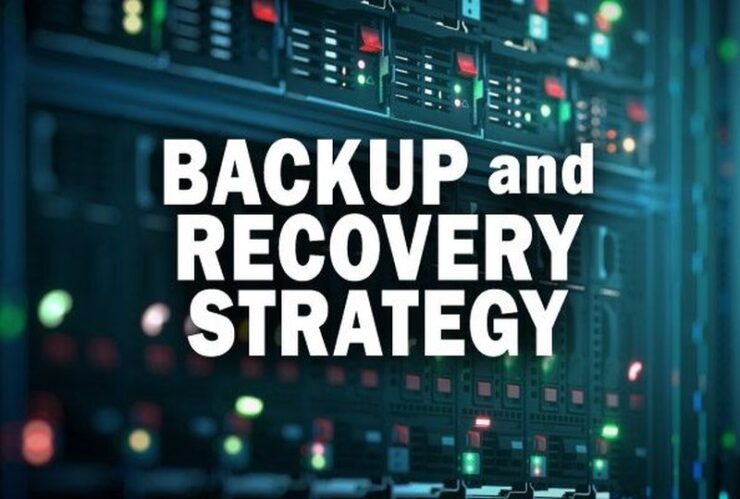In the vast universe of hosting solutions, the dedicated server occupies a unique and powerful position. It’s akin to being the master of your digital kingdom, where you have the power to dictate every rule. With no need to share resources with other users, a dedicated server is an entire machine at your disposal, promising unparalleled power, security, and control. However, such potential comes with its complexities and demands a higher level of technical knowledge for effective management.
Choosing the Right Dedicated Server Provider

In a world teeming with service providers, selecting the right one for your dedicated server needs can feel like a daunting task. Look beyond enticing advertisements and dig into the nitty-gritty details. Prioritize a provider with a proven track record, solid reputation, and robust infrastructure. Remember, this will be the foundation upon which your digital presence stands. Without a solid base, even the most well-designed websites or applications risk crumbling. For Australia dedicated servers, check this link.
Equally important is the level of customer support provided. Server management is no easy feat and there will be times when you’ll need assistance. Your chosen provider should be equipped to offer 24/7 support through various channels, including phone, email, and live chat. Furthermore, they should have an adept technical team capable of addressing server-related issues swiftly and efficiently. Lastly, consider the flexibility of the hosting packages they offer.
Hardware and Specifications
While the software is important, it’s the server hardware that forms the backbone of your digital operations. From the processor’s computing power to the server’s memory capacity and storage type, each specification plays a crucial role in determining your server’s performance. A high-performance CPU, ample RAM, and SSD storage are fundamental to a robust dedicated server. Think of these as the brain, memory, and hard drive of your online operations. They ensure swift processing, fast data retrieval, and ample storage.
Scrutinize the network connection and bandwidth allotments. A high-speed network link and generous bandwidth limits can prevent data bottlenecks and ensure smooth operation, especially during periods of high traffic. And let’s not forget about the physical aspect. Dedicated servers should be housed in state-of-the-art data centers equipped with reliable power sources and robust security measures.
Setup and Configuration

Setting up your dedicated server is akin to building a digital fortress. It’s about constructing a safe, secure, and efficient environment for your online operations. This entails a series of tasks such as installing the operating system, setting up the file system, installing the necessary software, and configuring network settings. Each task is a building block that contributes to the overall performance and security of your server.
Once the initial setup is complete, you’ll need to configure the server to meet your specific needs. This is where your dedicated server’s versatility shines. From configuring firewalls and setting up email servers to installing databases and application servers, the options are extensive. You have the freedom to tailor your server’s environment to your precise requirements. However, this freedom comes with a caveat: each configuration choice can have a significant impact on your server’s performance and security.
Optimizing Performance
Optimizing server performance is an ongoing task. It’s a process of constant monitoring, tweaking, and refining to ensure your server operates at peak performance. Consider it akin to tuning a high-performance car. You’ll want to regularly monitor server load, optimize databases, streamline code, and more. A well-optimized server doesn’t just run faster and more efficiently, it also reduces unnecessary resource consumption and costs.
A crucial part of server optimization revolves around keeping your software up-to-date. Regular updates often come with performance enhancements and patches for known vulnerabilities. Neglecting these updates can lead to performance degradation and potential security risks. Similarly, it’s important to regularly prune and optimize databases. Over time, databases can become bloated and inefficient, leading to sluggish performance.
Ensuring Security

In the digital world, your dedicated server is a fortress that houses your valuable data. And like any fortress, it needs robust security measures to safeguard its contents. This starts with keeping your server’s software up-to-date. Each software update often includes patches for known security vulnerabilities. Neglecting these can leave your server open to attacks. Similarly, configuring your firewall correctly can block malicious traffic and safeguard your server.
Beyond these measures, there are additional security practices to consider. Regularly changing passwords, using encryption for sensitive data, and restricting physical access to your server are all vital practices. Moreover, employing intrusion detection systems can help identify potential threats before they become a problem. And let’s not forget about security audits.
Monitoring and Managing Resources
Monitoring your dedicated server is like keeping a watchful eye over your kingdom. It’s about keeping track of performance, resource usage, network traffic, and potential issues. Tools like system activity report and performance monitors can provide a wealth of information, from CPU usage and memory allocation to disk space utilization. Regular monitoring can reveal trends, pinpoint bottlenecks, and prompt proactive measures to prevent issues.
Managing resources goes hand in hand with monitoring. Once you have a clear understanding of your resource usage, you can manage these resources effectively. This could involve reallocating memory, adjusting bandwidth limits, or managing CPU cycles. It’s a delicate balancing act, ensuring each application or website gets the necessary resources without starving others.
Backup and Disaster Recovery Strategies

In the digital world, data is a precious commodity. But it’s also vulnerable. From hardware failures and cyber attacks to natural disasters and human error, the threats are numerous. Hence, having a robust backup strategy is not a luxury, it’s a necessity. Regular backups ensure you have a recent copy of your data at all times. This is your safety net, allowing you to recover quickly and minimize downtime in the event of data loss.
But backups are only half the equation. You also need a solid disaster recovery plan. This is your blueprint for restoring operations in the wake of a disaster. It outlines the steps to recover data, restore systems, and resume operations as quickly as possible. A well-crafted disaster recovery plan takes into account various disaster scenarios, outlines clear roles and responsibilities, and includes regular testing to ensure its effectiveness.
Summary
Dedicated server management is the key to long-term, sustainable success. Properly deployed and managed servers will ensure none of your resources are wasted, and in turn, help optimize operations while keeping downtime to a minimum. Following these proven tips can make sure that you get your dedicated server set up properly from the start and keep it running smoothly for years to come. With consistent monitoring and efficient system administration practices, you too can experience the full potential of a dedicated hosted environment!

